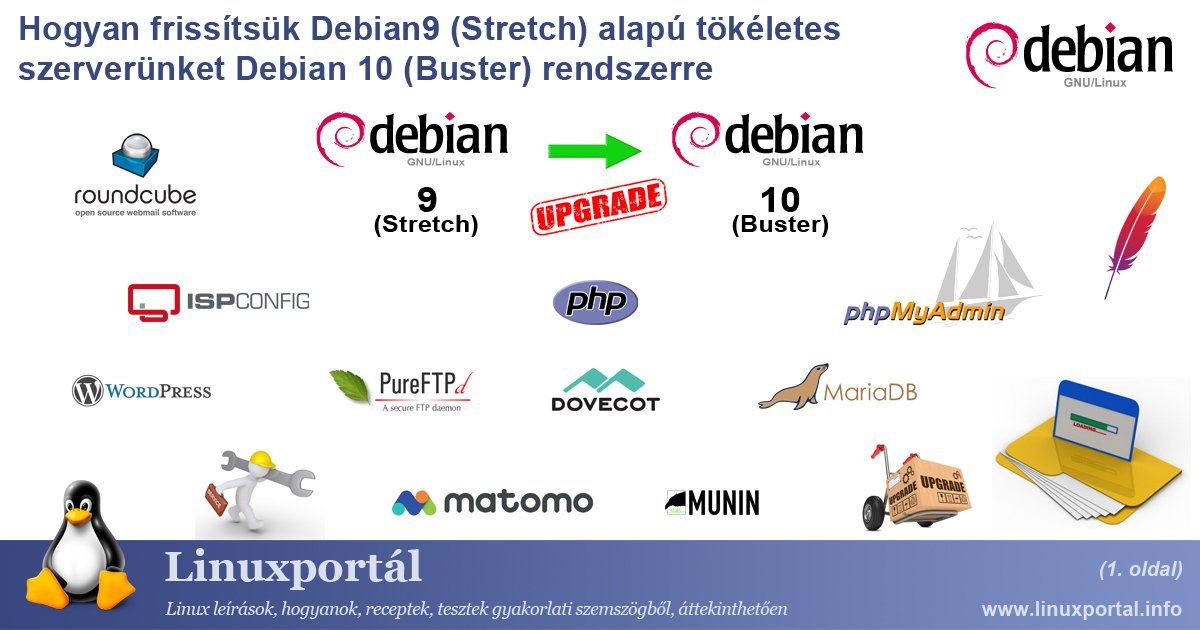Debian 11 (Bullseye) was released on August 2021, 14, and it still contains a number of new features. In this article we will look at what these new things are, as you know more about the latest release of Debian.
How to configure VirtualBox for graphical desktop operating systems
Thanks to virtualization, we have the ability to run another operating system within our computer’s existing operating system. This can be used for a variety of purposes, in this case I will use the free VirtualBox virtualization program for the installation, in which I will install the guest operating systems that are the subject of the tutorials. In this description, in VirtualBox running on a Linux host, I create a guest machine for Linux or Windows operating systems with a graphical desktop environment that requires more hardware resources - and therefore different settings in some places - than the previous version for Linux base systems.










